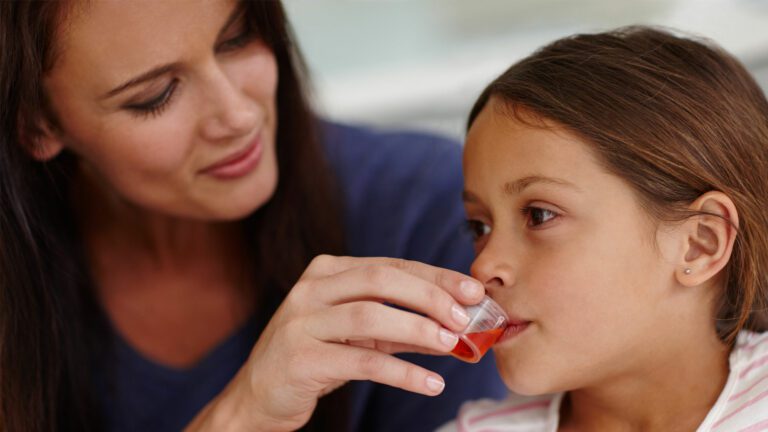
Due to the risk of dosing errors, ACP is recommending that pharmacy teams prepare their compounded infants’ and children’s acetaminophen products to match the commercially available product and package them in similar-sized child-resistant containers (e.g., package the 80mg/ml infant formula in a maximum 24ml bottle and the 160mg/5ml children’s formula in a maximum 100ml bottle). ACP also recommends that pharmacists provide parents and caregivers of children appropriate dosing instructions in both millilitres and milligrams based on the weight of their child for the specific product that they are provided.
Alberta’s Poison and Drug Information Service (PADIS) is reporting more calls about overdoses since the shortage of children’s acetaminophen and ibuprofen. Often, parents and caregivers are adapting infant, children, or adult versions of acetaminophen products and get confused with dosing, especially when converting infants’ acetaminophen (80mg/ml) to children’s acetaminophen (160mg/5ml) and vice versa. These types of conversions have become much more frequent during the shortage.
Due to the shortage of these drugs, some pharmacy teams are compounding acetaminophen and ibuprofen products to meet patient needs. It’s been reported to ACP that in some situations, compounds are being prepared at a concentration that is different from those that are commercially available. This causes confusion for parents and caregivers when they provide a dose of these drugs to their child as they are used to determining the quantity of the drug to give to their child based on the standard concentrations of the commercially available products.
For example, it’s being reported that some pharmacies are compounding a suspension of acetaminophen with a concentration of 100mg/ml, which is not commercially available. This stronger concentration makes it more likely that a parent will make an error by providing their child with the same amount of the compounded liquid as they would with the commercially available product. As a result, ACP recommends that pharmacy teams compound infants’ and children’s acetaminophen and ibuprofen to the same concentration as commercially available products.
Another issue being reported by PADIS is that some pharmacy teams are dispensing compounded infants’ or children’s acetaminophen products with a concentration of 100mg/ml in larger containers, such as 100ml bottles. This creates a potential safety risk as the bottle would contain 10,000mg of acetaminophen. If a child were to accidentally gain access to the bottle and consume it themselves, this could lead to a serious and potentially fatal incident. PADIS has already had one incident where a child consumed half of their compounded acetaminophen, which was a toxic amount, and required treatment. Commercially available acetaminophen products for infants and children are packaged in smaller containers specifically to help prevent these types of incidents from occurring.
For reference, please note the following:
- Commercially available infants’ acetaminophen at 80mg/ml is typically packaged in a 24ml bottle (1,920mg in total).
- Commercially available children’s acetaminophen usually comes in a 100ml bottle, at a concentration of 160mg/5ml (3,200mg in total).
- By comparison, a 100ml bottle of acetaminophen with a concentration of 100mg/ml contains 10,000mg in total or three times the amount contained in the commercially available children’s product and five times the amount of the commercially available infants’ product.
Compounding a 100mg/ml formula in any sized package is not recommended, especially if packaged in a 100ml bottle, which presents a significant risk to the public.
For tips on how to avoid drug errors when compounding, refer to our Link article from December 2016.




